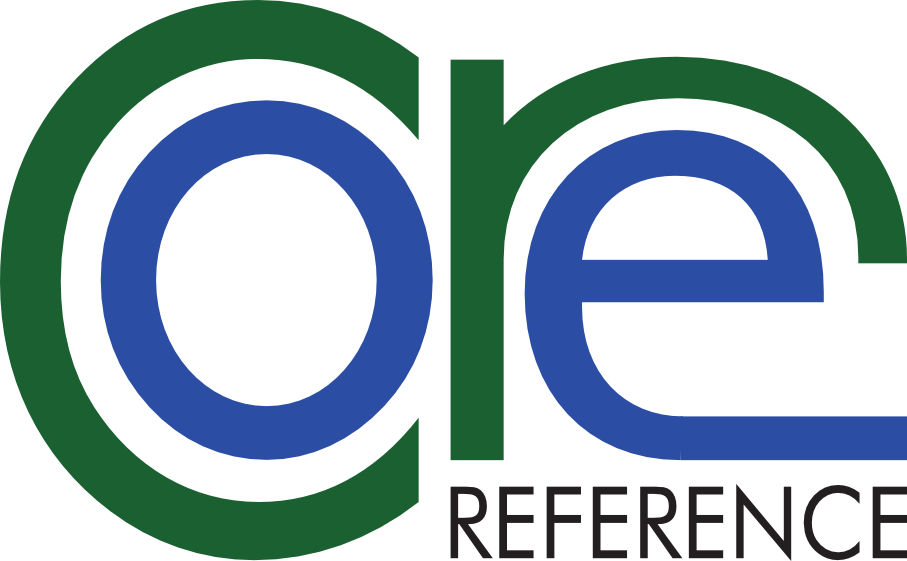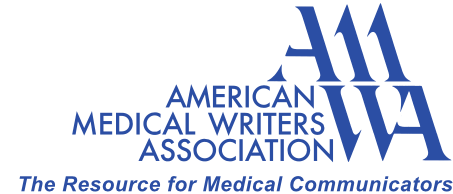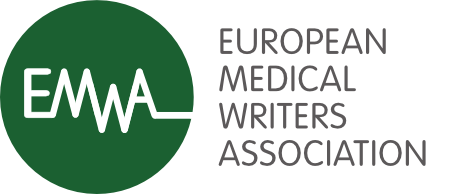June 2021
Medicines and Vaccines
Guidance for RCTs
- FDA Adjusting for Covariates in Randomized Clinical Trials for Drugs and Biological Products Draft Guidance for Industry MAY 2021 revises the April 2019 guidance and provides more detailed recommendations for the use of linear models for covariate adjustment and also includes recommendations for covariate adjustment using nonlinear models. Comments are open at Docket Number FDA-2019-D-0934.
- EMA Guideline on Computerised Systems and Electronic Data in Clinical Trials 10 June 2021 is open for consultation until 17 December 2021. Section 4.7 covers ‘performing data capture in clinical trials’. Of note: “The protocol should identify any data to be recorded directly into the eCRFs and considered to be source data (ICH-GCP 6.4.9). This is equally applicable to other specific data collection systems, such as ePRO. Data directly captured in these tools without prior identification in the protocol to be source data is considered as GCP-noncompliant.”
- The E8(R1) Workplan is dated 14 Jan 2021 but has been posted much later on ICH website. E8 R1 Step 4 Final is given as May 2021.
Real World Data
- EMA have published documents from the May 2021 Data Standardisation Strategy stakeholder workshop which supported the initiative to develop a data standards strategy, with a view to addressing the HMA/EMA Big Data Task Force recommendation to engage in international initiatives related to data standardisation.
- European Health Union: Commission publishes open public consultation on the European Health Data Space, an initiative to promote better exchange and access to different types of health data. The collection, access, use and re-use of health data in healthcare poses specific challenges, in particular in finding the right balance between measures facilitating data sharing while preserving individuals’ interests and rights, including with respect to the protection of their personal data. This initiative is linked to Data Analysis and Real World Interrogation Network, or simply DARWIN EU. DARWIN EU will deliver real-world evidence from across Europe on diseases, populations and the uses and performance of medicines. These data sources can be used in clinical research.
- Drury and O’Connor’s Lancet article ‘Symptom study app provides real-world data on COVID-19 vaccines’ reports on a UK-based community-led initiative designed to capture longitudinal data relating to the COVID-19 pandemic, with more than 4·5 million contributors.
Clinical Trials Information System Update
EMA CTIS remains on track for 31 January 2022, with an update decision expected on 31 July 2021. The June 2021 Training Guide to CTIS is very comprehensive. The EMA Management Board Report for June 2021 includes an update on CTIS in more detail.
EMA 2020 Annual Report
EMA 2020 Annual Report is published – it includes adaptation of processes through 2020 to cope with the COVID-19 pandemic.
Course on Improving Clinical Trial Reporting
"TI Methods Speaker Series: How to improve clinical trial reporting - insights from Europe and the US (Till Bruckner)", 30 June 2021.
In this presentation, Dr Till Bruckner will provide examples of how hidden clinical trial results undermine clinical practice and harm patients, and present concrete examples of how the problem can be fixed in practice. Some regulators, funders and institutions in Europe and the United States have now put systems in place that ensure that every clinical trial is registered and makes its results public - while other players are still dragging their feet. Drawing on years of experience campaigning in Europe and the United States, the presentation will focus on what patients, clinicians, medical researchers and policy makers in Canada can do to build watertight systems to ensure that in future, no clinical trial is left behind.
Requesting your help
On 22 June, I attended the PHUSE Summer Data Transparency Meeting Day 1 and heard Lora Chavis Killian (Pfizer T&D Lead) speak on the challenges of meeting transparency and disclosure requirements when preparing COVID vaccine regulatory documentation for EMA, CDP and HC PRCI submissions. I would like to ask her to write an article for the RPD Section in Medical Writing (MEW), but have been unable to reach her, even via LinkedIn. If you know Lora, please encourage her to be in touch with me.
MedDRA to SNOMED and vice versa – data exchange to support public health
SNOMED CT (owned by SNOMED International) is the world’s most comprehensive clinical terminology and is typically used by healthcare databases/electronic health records (EHRs). The Medical Dictionary for Regulatory Activities (MedDRA) – a clinically validated international medical terminology dictionary – is used by regulatory authorities and the biopharmaceutical industry, particularly for the classification of adverse events (AEs). A joint effort announced on 29 April 2021 has produced two independent maps (MedDRA to SNOMED CT and SNOMED CT to MedDRA) that are intended to facilitate the exchange of data between the two sources.
CSRs provide most detailed primary source data
Paludan-Muller et al’s BMC paper, April 2021 ‘Reporting of harms in oncological clinical study reports submitted to the European Medicines Agency compared to trial registries and publications—a methodological review’ shows the value of CSRs clearly in the Abstract Conclusions: “Harms of recently approved oncological drugs were reported more frequently and in more detail in CSRs than in trial registries and journal publications. Systematic reviews seeking to address harms of oncological treatments should ideally use CSRs as the primary source of data; however, due to problems with access, this is currently not feasible.”
Devices
EUDAMED Module on Economic Operators
The European Database for Medical Devices (EUDAMED) is the medical device equivalent of the EMA Clinical Trials Information System (CTIS). The EUDAMED has 6 modules, each comprising of a restricted and a publicly accessible component. The first module on economic operators’ registration (“actors module”) has been operation since December 2020. The other modules are expected to be launched in 2021 and 2022.
European Medical Device Nomenclature (EMDN)
Traceability of medical devices is essential for safety monitoring and effective T&D. This entails standardised nomenclature. The European Medical Device Nomenclature (EMDN) aims at supporting the functioning of the EUDAMED. The Medical Device Coordinating Group (MDCG) recently released the Q&A guidance document on the EMDN.
Unique Device Identification (UDI) System Help Desk
Also for the purpose of traceability, under MDR, each device must have a Unique Device Identification (UDI), which is associated with the EMDN. The European Commission launched the UDI Help Desk in May 2021 to support the new UDI System.
Layman’s Report on Joint Action on Market Surveillance of Medical Devices
Market surveillance by EU member state competent authorities is another requirement of the MDR. The Competent Authorities for Medical Devices (CAMD) released a report on their Joint Action on Market Surveillance of Medical Devices (JAMS). JAMS “aims to reinforce the market surveillance system for medical devices by improving the coordination of activities by all Member States of the European Union, and ensuring adequate communications and cooperation. These are crucial for success and effectiveness of the market surveillance in the field of medical devices.” The layman version of the report (for patients and consumers) is now available online.
Newly Released Guidance Documents on Clinical Investigations
The Medical Device Coordinating Group (MDCG) released two important guidance documents on clinical investigations (clinical studies on medical devices):
- Regulation (EU) 2017/745 – Q & A Regarding Clinical Investigation (April 2021)
- Clinical investigation application/notification documents (May 2021)
UK’s MHRA also released its guidance on legislation Clinical Investigations of Medical Devices – Guidance for Manufacturers in May 2021.


